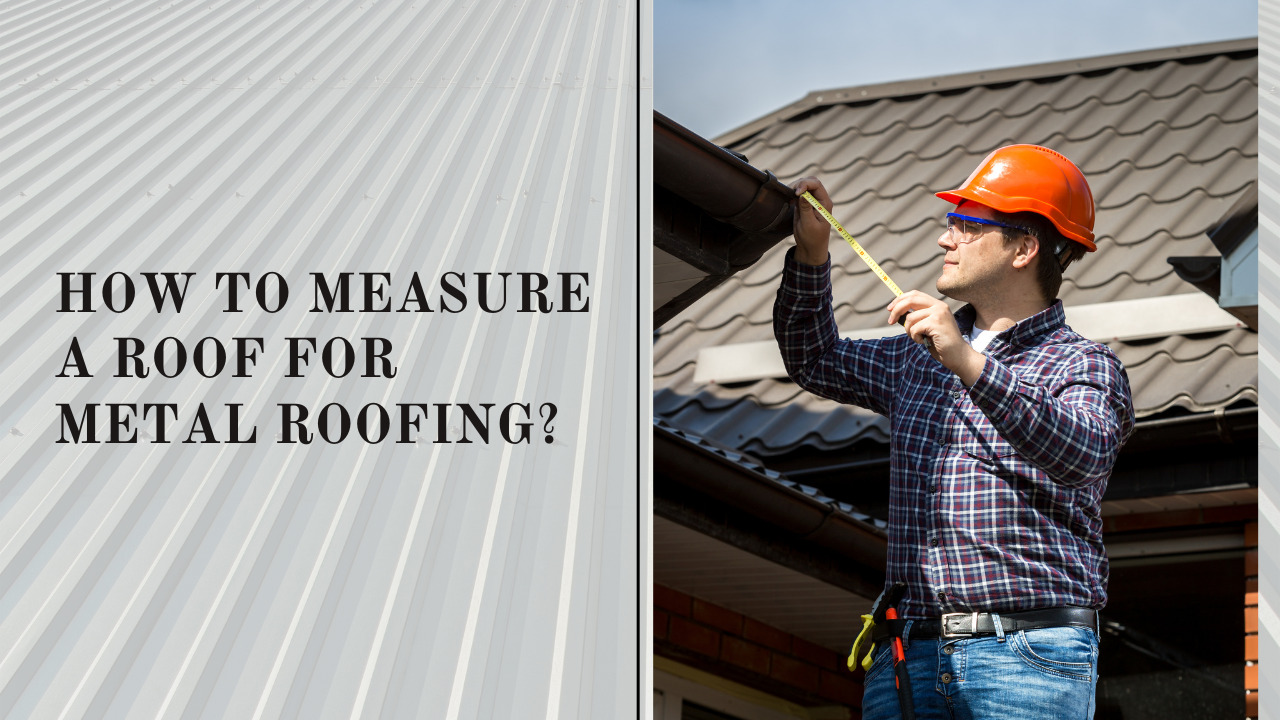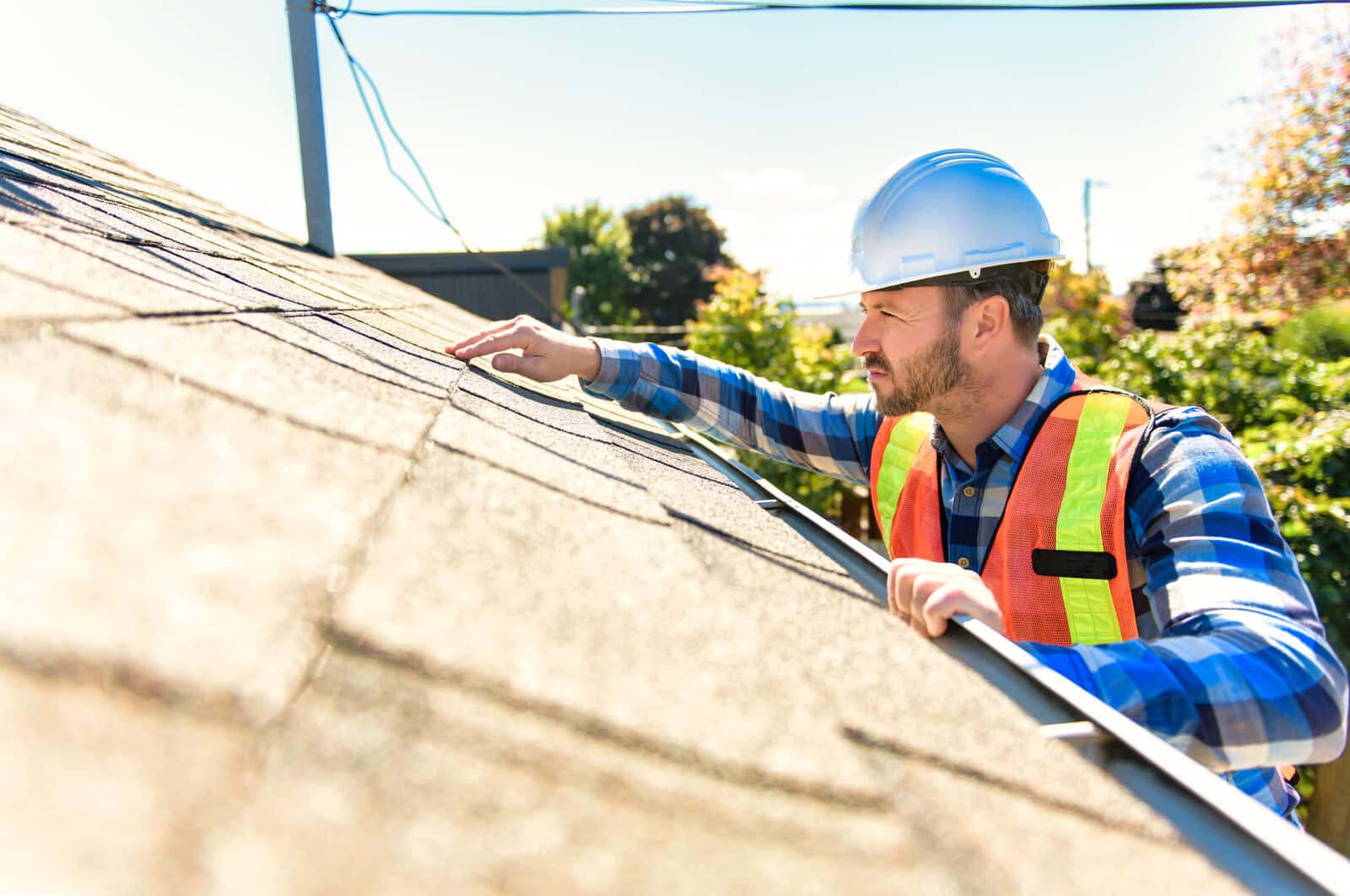Most homes don’t have precisely square roofs, which is OK, but it makes measuring a roof for metal roofing a little more complicated. Most home roofs have a pitch and angles that must be considered when measuring, which can further complicate the process. But don’t worry; we’ve compiled a list of the finest roof-measurement tips and tactics.
It’s a good idea to calculate the amount of roofing material you’ll need for coverage, whether you’re installing or replacing a metal roof. Depending on the construction of your home, you can measure a roof for metal roofing installation in a variety of methods.
In this post, we’ll walk you through a step-by-step process for calculating the metal roofing supplies you’ll need for your home. So, let’s start discussing each step in detail for better considerations:
Table of Contents
Metal Roofing: An Overview
Metal roofing is a viable alternative to regular asphalt shingles, often made up of big sheets, but some appear like standard asphalt shingles. Zinc, copper, aluminum, and hybrid metal mixes are all options for metal roofing, and they’re all coated with unique coatings to reflect heat, prevent corrosion, and keep moisture out.
Asphalt shingles are prone to flying off in high winds or being easily damaged by hail. Asphalt can also develop mildew or mold due to moisture build-up, and it doesn’t offer much in the way of fire resistance unless it’s made of fiberglass.
On the other hand, metal roofing can withstand a wide range of weather conditions and not cause dangerous moisture build-up. It’s also resistant to fire. So, while a vast hail storm may leave a few dents, you’ll be considerably more resistant to extreme weather. Doesn’t it sound cool? Of course, yes!
Determine The Measurements Of Roof
When measuring your roof for metal roofing, the first step is to create a top-down design of your roof. However, the measurement sketch does not need to be excellent. But it must clearly label all of the roof’s features in inches and feet.
You should also include any associated porches or overhangs that should be covered with your new metal roofing. It’s critical to measure your metal roof before you start your job. So, you can precisely estimate your metal roofing material.
It’s a good idea to measure your roof slopes and include them in your sketch, but it’s not compulsory. If your roof slopes are less than what is advised for the panel system, professionals will suggest other panel options that will meet your project’s needs.
Consider Installing The Roof Penetration Options
Beyond the basics, such as any porches attached to your main roof, there are a few items you’ll need to name and measure. Take into mind anything that protrudes from your roof. This could be a chimney or piping, but anything that exits from the roof should be measured.
Additionally, consider skylights and other recessed places. Basically, anything that breaks up the roof’s smooth plane should be drawn in and measured.
1) Focus On The Type Of The Roof
Will it be a standing roof or an exposed fastener roof? Examine all of the conditions and details on the roof once you’ve decided on a roof type.
Will the roof system need to float if it’s a standing seam roof? If that’s the case, where will it be pinned, and which way will it float? Review installer and erector technical manuals to learn how to modify ridge conditions, end lap circumstances, and more.
Are there any new or updated construction codes to consider if it’s an existing structure? This could dictate panel type, gauge, or breadth and necessitate additional frame members, all of which could have an impact on the final measures.
2) Determine The Width Of Metal
Decide on the width of the metal you’ll be using. Subtract the width of the metal from the length of your roof. Measure the edge of the shingles or the current roofing, not the edge of the shingles or the edge of the existing roofing. The roof deck dimensions will be measured.
This method of measurement allows you to assess the new panel’s overhang precisely. If the panels are too short, you can add another panel, but you’ll have a lap, which isn’t bad but not ideal.
3) Measure The Both Sides Of The Roof
It is critical to take measurements on all sides. Some older properties may have shifted significantly over time. On these houses, the measurements for the two sides could be varied.
However, you still have to consider the roof measurement from both sides before adding the metal roofing panels. In this way, you will end up this task efficiently and without any difficulty.
4) Determine The Length Of Metal Panels
Measure from the fascia board to the ridge of your roof to determine the length of metal panels required for one side of your roof. This estimated figure represents the total length of metal panels required. Depending on how much overhang you want, add an inch or two.
Make sure to measure the length of the panels for both sides of the roof. So, you can buy all the materials at the same time according to your available budget. Otherwise, you will end up with an unfinished installment of metal roofing.
5) No Need To Remove Old Metal Roofing
Depending on your local building codes, you may be able to save money on the construction of a new metal roof by having it built directly over old asphalt shingles. Because there is no time spent removing the shingles, this method saves money on labor and is compatible with installing a strapping system.
Just make sure your current roof is carefully inspected before installing metal roofing to avoid problems like moisture build-up or rat infestation.
Otherwise, it will waste time and money if you install the new metal material on the existing wrecked metal roofing.





